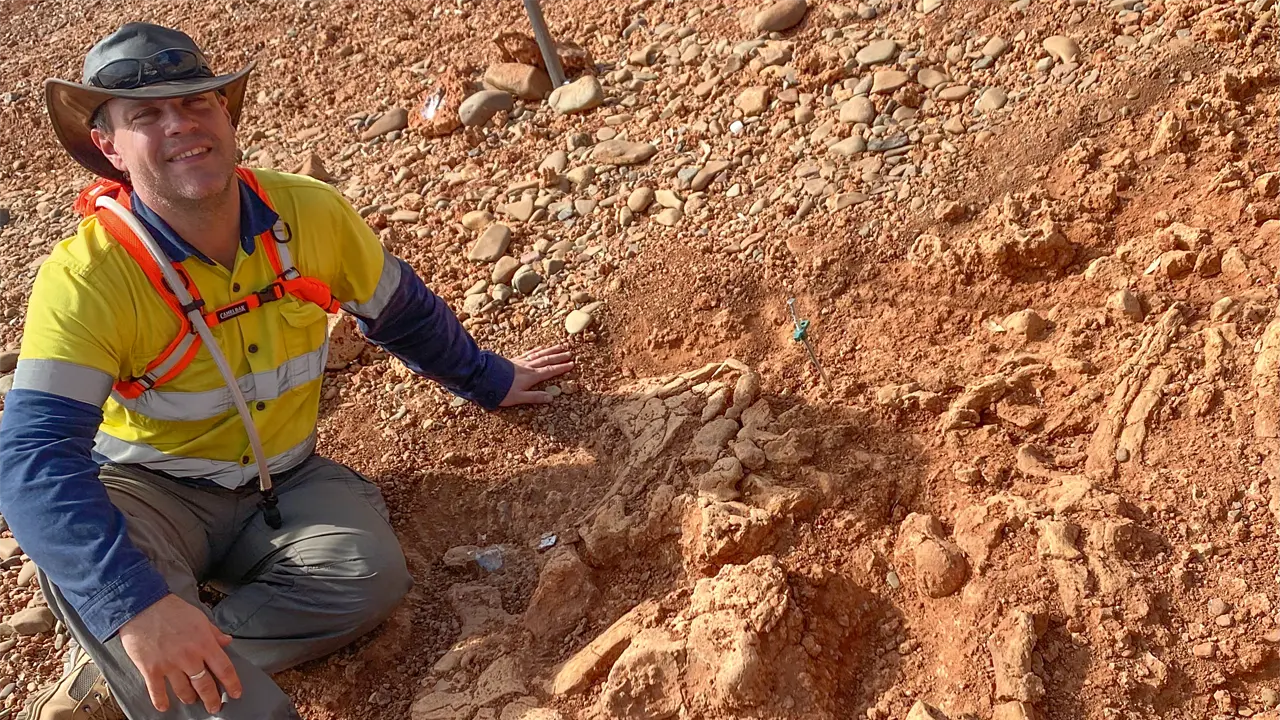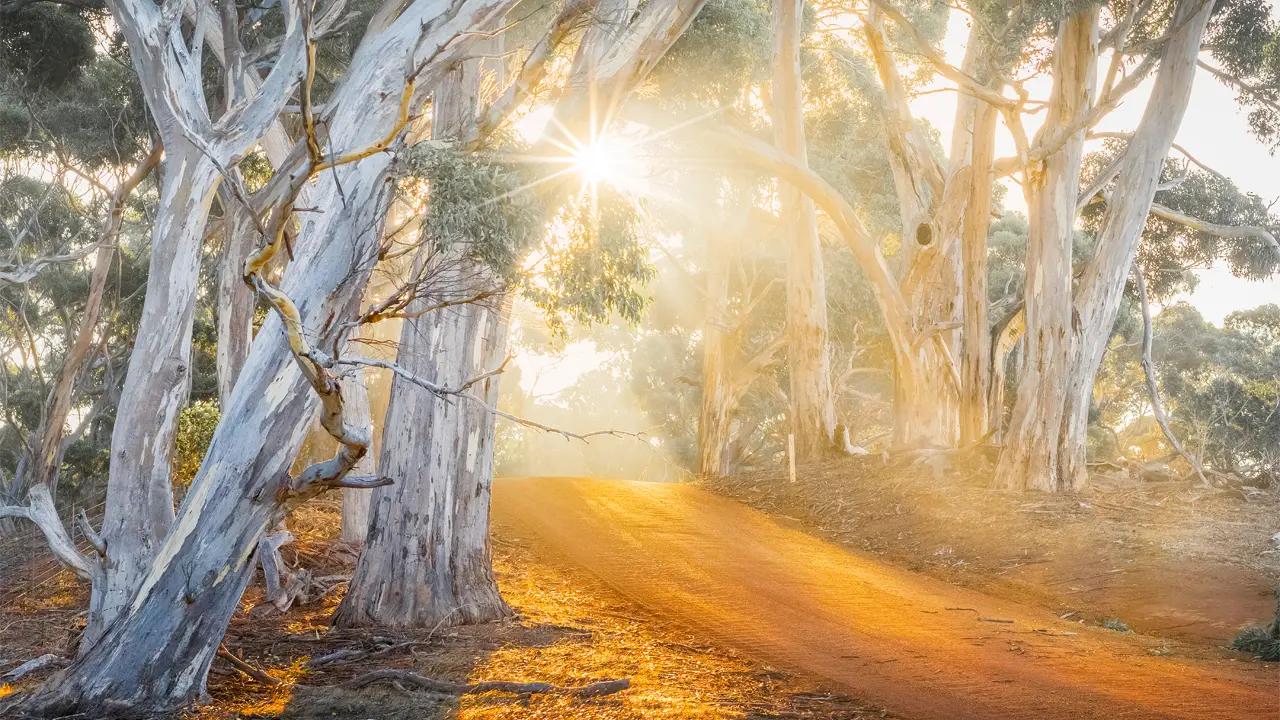A century and a half since Australia’s first rabbit plague, the battle against the feral invader continues to rage.
Story By Nick Cook
There’s an old joke that has Dad and Dave staring at a paddock that’s been stripped bare by scores of rabbits. “You know,” says Dad, “the rabbits were first brought here by a bloke so he could hunt them.” Dave considers this for a moment as he surveys the damage, then replies: “He must have been a crook shot.”
This year marks the 150th anniversary since the fateful Christmas Day in 1859 when pastoralist Thomas Austin took possession of 24 rabbits to release on his property “Barwon Park” near Geelong, Vic. He hoped they’d breed and provide shooting targets for the distinguished guests, the Duke of Edinburgh among them, who stayed at his 42-room mansion, but he got far more than he bargained for. Only six years after the first release 6000 rabbits were harvested from Barwon Park; the following year shooters bagged 14,000. To say that Austin is solely responsible for bringing rabbits to Australia is an over-simplification – isolated colonies already existed and there were even five rabbits among the livestock on the First Fleet – but his ill-considered release was by far the most significant to that date and created Australia’s first rabbit plague. Within three years there were reports of rabbits “numbered in their thousands” spreading across the land like a furry rash.
By 1873 people realised the destructive force that had been unleashed and began calling for the elimination of rabbits, but it was too late. With abundant grass and no effective natural predator, there was nothing that could stop the rabbits’ advance. By the turn of the century they could be found across two thirds of Australia. By 1926 there were an estimated 10 billion.
The history of rabbits within Australia reads like that of a 150-year war, marked by both victories and defeats. The first major setback was a valiant, yet doomed, attempt at containment. Vast networks of rabbit-proof fencing were erected in Queensland, New South Wales and Western Australia. The idea was sound, as the account of a station owner near Thargomindah, Qld, starkly demonstrates: “The country on the Queensland side is luxuriant with vegetation after this fine season, while on the New South Wales side of the line, it is a desert of red sand relieved only by rabbits and the black stumps of dead bushes.” However, fences were too long to maintain properly on horseback and the diminutive pests always found a gap or, in some cases, simply climbed over the piled corpses of other rabbits that had starved against the barrier.
This story excerpt is from Issue #66
Outback Magazine: Aug/Sep 2009








